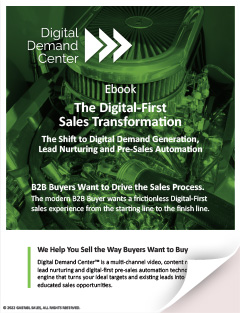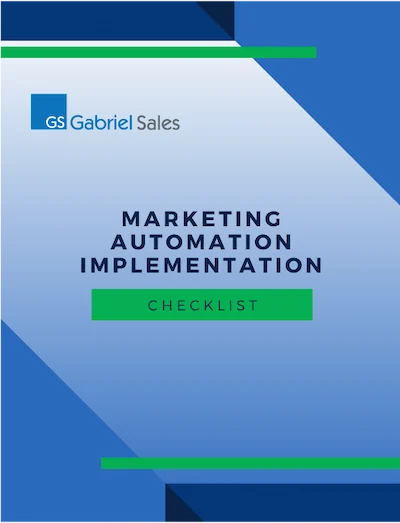 Audience segmentation, also called market segmentation, is an important aspect of creating an effective sales or marketing strategy. Most basically, it is about finding better customers. In past decades, marketing has generally been directed at mass audiences, sending the same message to all potential customers. Audience segmentation works to divide your target audience into groups that have similar interests or buying behavior.
Audience segmentation, also called market segmentation, is an important aspect of creating an effective sales or marketing strategy. Most basically, it is about finding better customers. In past decades, marketing has generally been directed at mass audiences, sending the same message to all potential customers. Audience segmentation works to divide your target audience into groups that have similar interests or buying behavior.
By dividing your audience into segments and crafting marketing messages targeted to each segment, you are able to reach each customer with marketing that is relevant to him or her. If your potential customer feels that your message is not relevant to them, you will most likely be ignored.
Segmentation also helps you build a better relationship with your potential customers because people are more likely to respond positively to messages they feel are directed to them personally. The more targeted your message, the more likely it becomes that your customer will engage with you.
With time, segmenting can also help you uncover potential market opportunities you might have otherwise missed, allowing you to create products and services better tailored around the specific needs and interests of your various customer segments.
What this means is that in today’s world, sending out a generic or mass message is no longer worth your time and could even end up costing you business. When you send out a mass-message that a customer has zero interest in, not only will you be ignored, but your customer may also see you as incompetent or uncaring.
What you want to do instead is give your customers information that is directly relevant to their personal needs and known buying behavior. If you do this correctly, audience segmentation can yield a substantial increase in response and engagement and, consequently, rates of conversion.
The most crucial aspect of implementing b2b marketing audience segmentation effectively is coming to understand what types of information each segment likes to consume and how each segment likes to consume it. With this information, you can create and target messages using the forms of media most in line with a segment’s purchasing behavior. For instance, if you know that a particular segment likes their content via videos, you’ll want to provide them links to your YouTube channel. Similarly, if you know an audience segment prefers to read text, you send them text in the form of emails, blogs or white papers.
The overall goal of audience or market segmentation is to avoid sending irrelevant messages to unreceptive customers. By understanding that different people (and different businesses) have different needs and media-consumption preferences, you can set up a marketing strategy that operates more efficiently and much more effectively.




